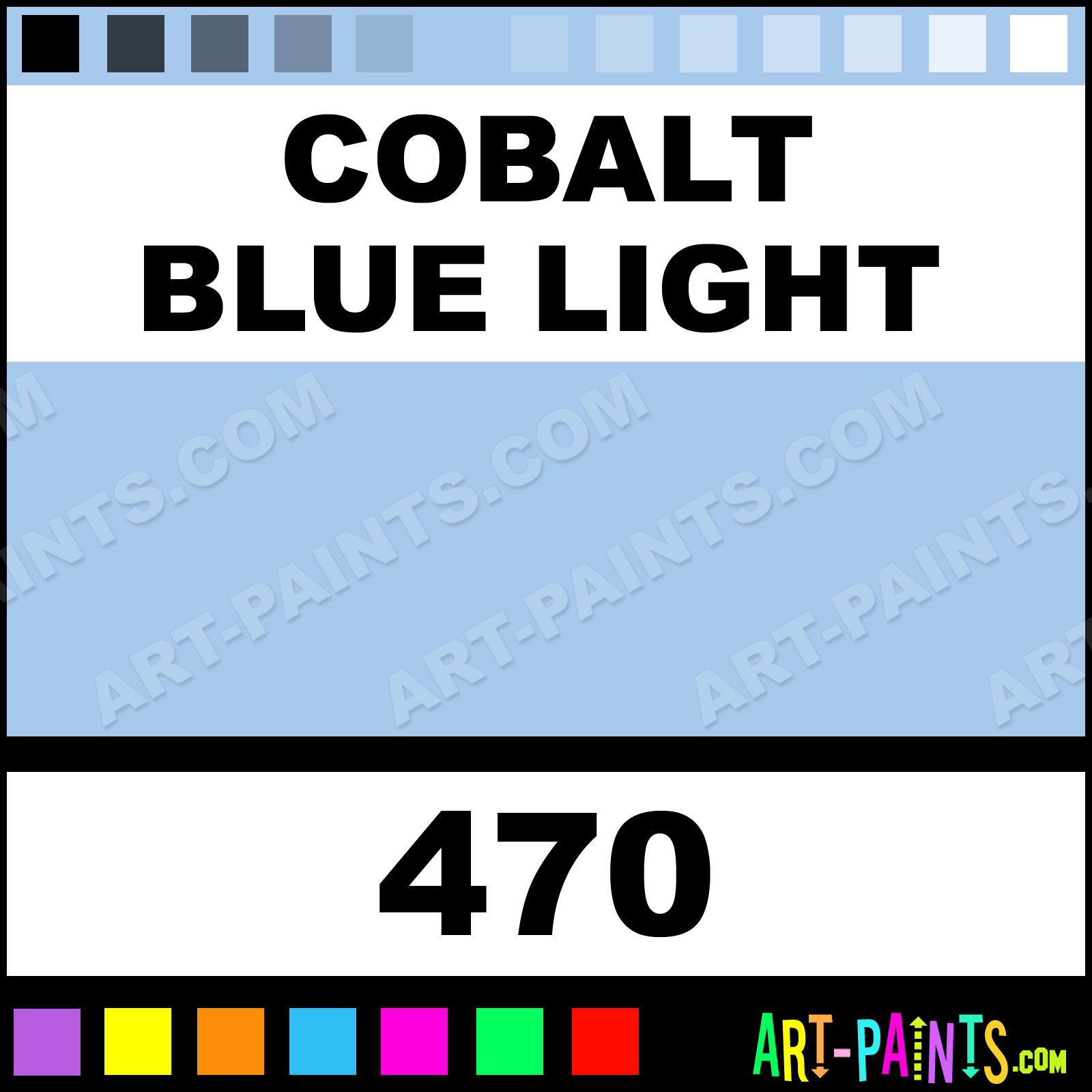


Keep in mind, though, that it works only in large, well-illuminated interiors. If you want the interior to look very elegant, combine it with:Ī combination of two very dark colors - cobalt blue and black or charcoal grey is a very unusual solution. When combined with various shades, it gives different results. For this reason, cobalt color is a great choice for a living room or a bedroom, especially if you lead a stressful life.Ĭobalt blue is a cold color. It is, therefore, perfect for relaxation. It is associated with the sky or water, e.g. Source:/2/ater-architects-kiev Why is cobalt blue a good color for interior design?Īlthough cobalt color is a very saturated color, it’s considered a calming shade. They were used for dyeing glass and ceramics. Its name originates in cobalt - a grey-blue colored chemical element in the group of metals.Ĭobalt salts solutions have been long used as pigments.
#Cobalt blue color pallet code
Cobalt HEX code is # 19247c, in RAL system it’s 5013. Sometimes it is mistaken for cornflower blue, sapphire and indigo. The intricate, feathery bleeds make unpredictable, interesting skies.Cobalt color is often referred to as elegant and highly saturated shade of blue. Indigo does wonderful things when white gouache is flooded into it. Most of these Indigos include Phthalo or Indanthrone pigments making them rich and dark, but also causing them to stain. Indigo was traditionally a plant based dye but, because of its fugitive nature, paint manufactures now produce a similar looking hue using a mixture of more permanent pigments. A similar result can be achieved by mixing Phthalo and Aureolin with some white gouache. Turquoise is a handy accent color, but behaves a little like gouache. For this reason it is a safer color for washes but cannot match Phthalo for strong dark mixtures or if you need a color to stain up through other pigments. The Phthalo bleeds up, even through the heavy, opaque gouache.Ĭerulean is similar in color to dilute Phthalo but much less intense. Painted over a line of dry Phthalo are Permanent Rose, Quinacridone Gold, White gouache and Mid Grey gouache. The staining power of Phthalo Blue can be seen here.

Green or Yellow shade is the best choice to fill the cool side of the blue spectrum. Many manufacturers now produce a range of Phthalo Blue watercolors including Red Shade, Green Shade and Yellow Shade. Prussian Blue and Antwerp Blue are also yellow influenced blues but lack the purity and intensity of Phthalo or Winsor. Winsor Blue (green shade) is very similar. Not being sedimentary means Phthalo Blue can be built up gradually by applying a number of pale washes. It can be used to mix vibrant, saturated greens or strong darks. It is a strong stain and will bleed up through any colors placed over it. Moving to the yellow influenced blues, Phthalo Blue watercolor is probably the most intense. It is usually more expensive, but lasts much longer, is much better to mix with and, in the long run, is better value than regular Ultramarine. It can be used to mix dirty, compound greens, but, because it contains traces of red, it will not mix a strong, saturated green.įrench Ultramarine Blue is more intense than Ultramarine Blue. Ultramarine is a strong, sedimentary pigment and mixes well with other colors to make rich strong darks, subtle greys or mauves. It sits towards Violet on the color wheel. Ultramarine Blue is a warm blue containing traces of red. The Ultramarine pigment has filled the papers texture and is starting to go streaky. The second example shows the same method used with Cobalt Blue. The first wash is made up of several layers of French Ultramarine Blue – each applied after the preceding wash dried. Cobalt Blue watercolor can be built up wash after wash without it filling the paper texture and lifting off like a sedimentary pigment such as French Ultramarine Blue. It will cool down a background, pushing it way back into the distance.
#Cobalt blue color pallet full
Of all the blue watercolor pigments we use, Cobalt is the closest to a pure primary blue, however it is a weak, transparent pigment and is easily overpowered when mixed with other colors so we need a selection of blues to be able to mix a full range of colors.īecause of Cobalt’s transparency and its non-staining nature, it is ideal for over glazing. Somewhere in the middle of all these colors is a pure blue, uninfluenced by either of the other two primaries – a blue containing no red and no yellow. In this article we will examine all their different uses. The range of Blue watercolor pigments stretches from warm Ultramarines containing varying amounts of red, through to cool, yellow influenced Phthalos and Turquoise.


 0 kommentar(er)
0 kommentar(er)
